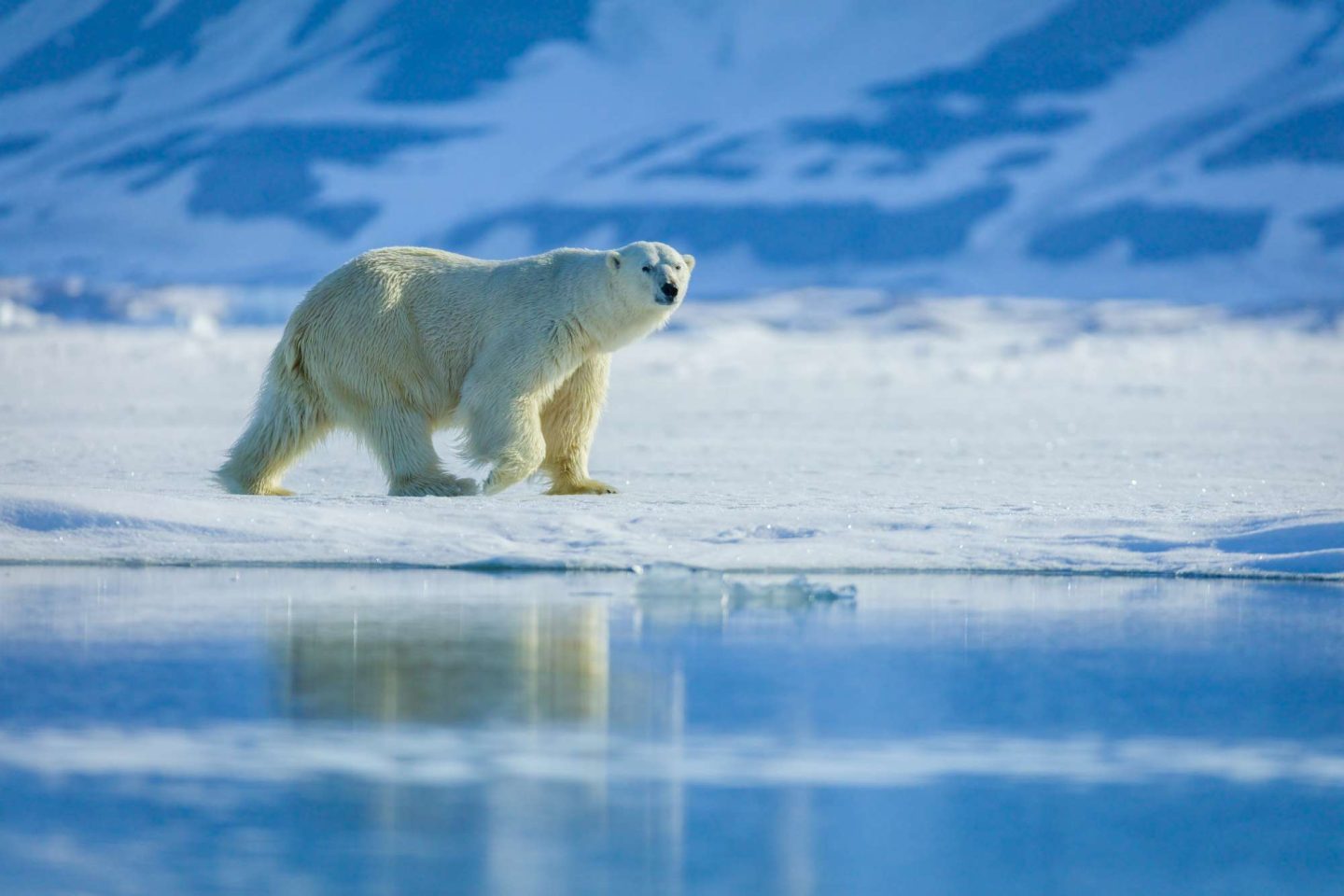
Now that you’ve watched Frozen Planet II have you wondered what it’s like to visit Antarctica, the Arctic or any of the world’s other frozen lands?
We love cold places. That might sound strange coming from a holiday operator. But you only have to watch one of the episodes of the BBC’s latest natural history blockbuster to understand where our 39-year passion for the poles comes from.
The Arctic and Antarctica are some of the most hostile places on earth, but – as Sir David Attenborough reveals in the six-part series – they also possess a serene beauty, not to mention some of the world’s most astonishing wildlife. It’s little wonder that our small-ship polar expedition voyages are so popular.
But in this return visit to the planet’s chilly extremes, Frozen Planet II also ventures beyond the polar regions to explore icy mountaintops and the aurora-blushed boreal forests of the far north.
So, woolly hats and gloves on, let me give you a taste of what it’s actually like to explore our frozen planet – plus some suggestions for how you can discover if for yourself.
Voyages to Planet Penguin
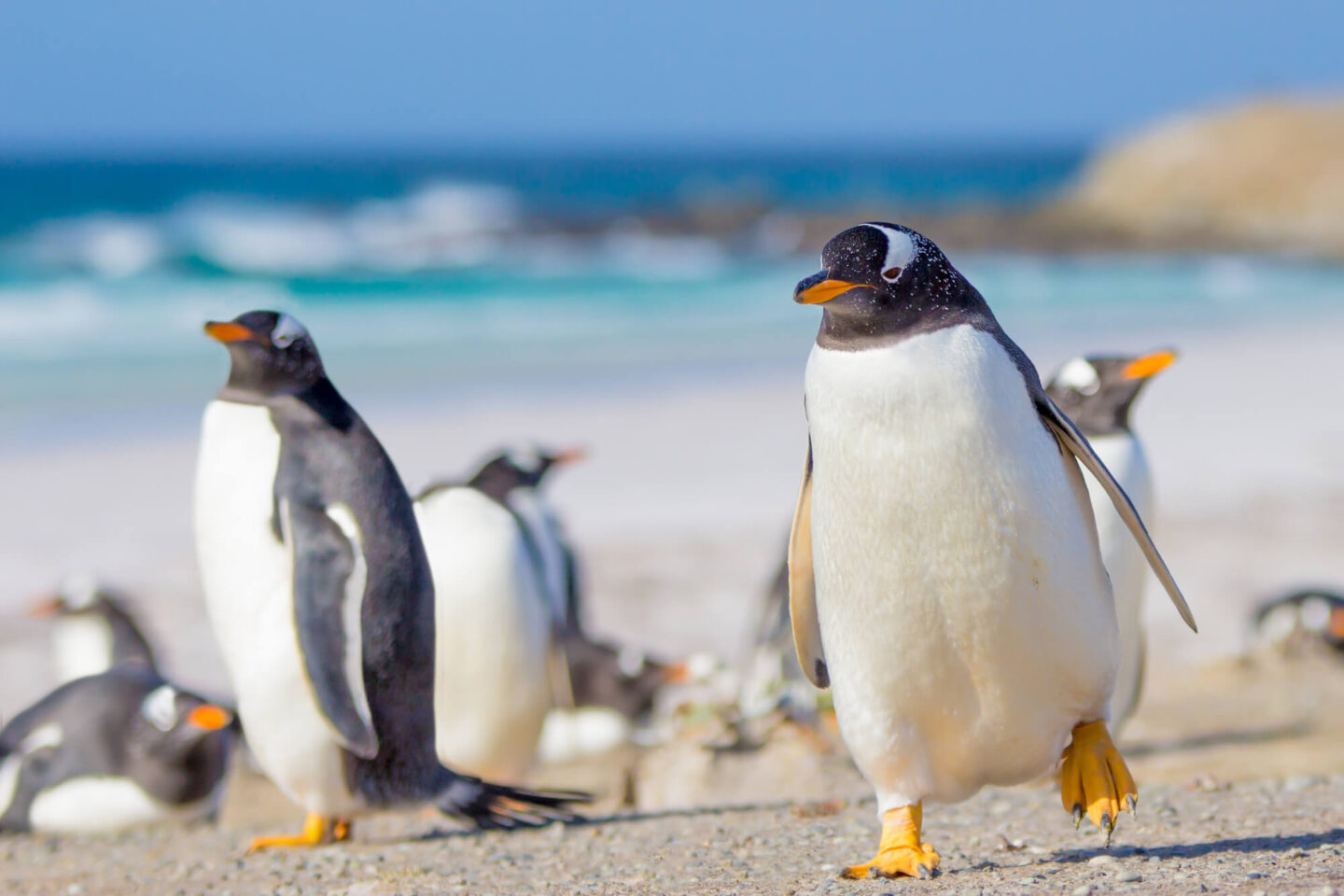
“ My first brush with ‘Planet Penguin’ was in the Falklands. I was sitting on one of the most beautiful and remote beaches I’d ever seen – a scimitar of pristine white sand sandwiched between wind-rippled dunes and turquoise shallows. If the local gentoo penguins had beach towels, it would have resembled a sub-Antarctic Costa Brava. They were everywhere. Hundreds crowded the dunes behind me, preening their dapper black-and-white plumage, brooding eggs or engaging in raucous courtship displays, bowing and braying to lifelong partners. Others were taking a stroll along the beach, but the most captivating penguins were the ones in the sea. Gentoos know how to surf. They ride the South Atlantic swell with ease, leaping from the backs of breakers or surging ashore in a rush of foam and flapping flippers. Beyond the waves, I could see others porpoising across the open sea. A penguin paradise. ”
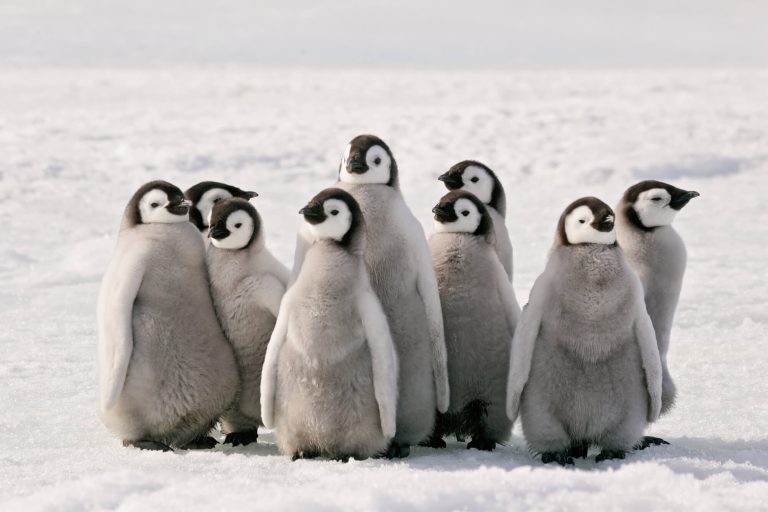
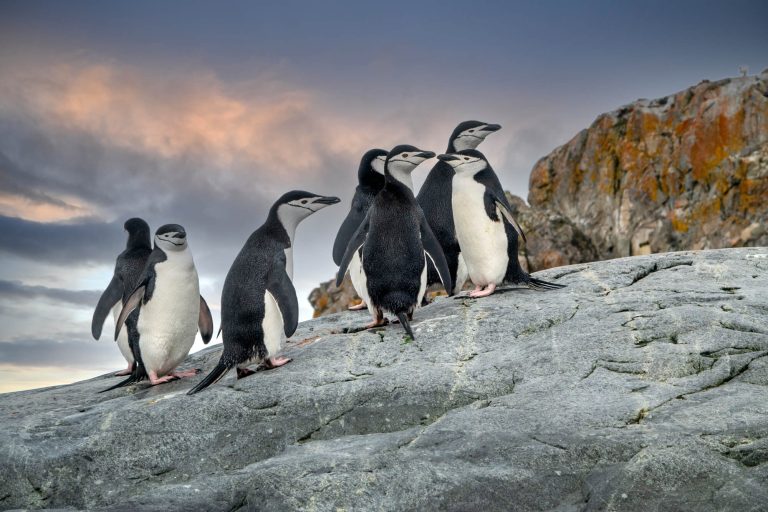
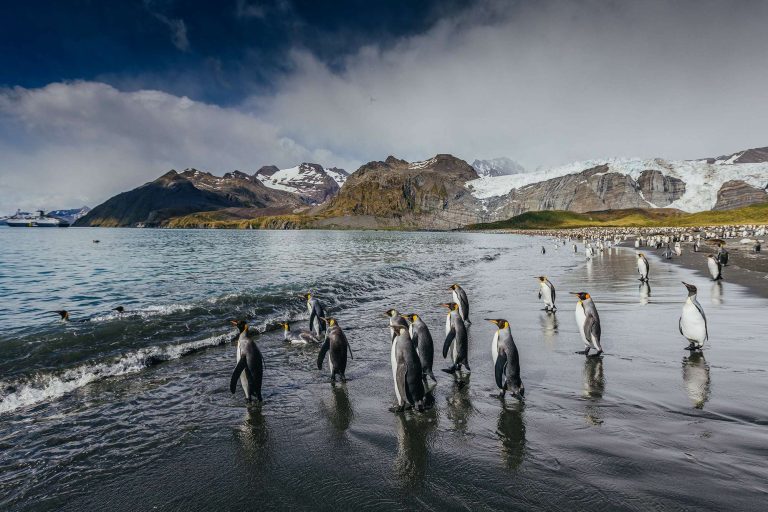
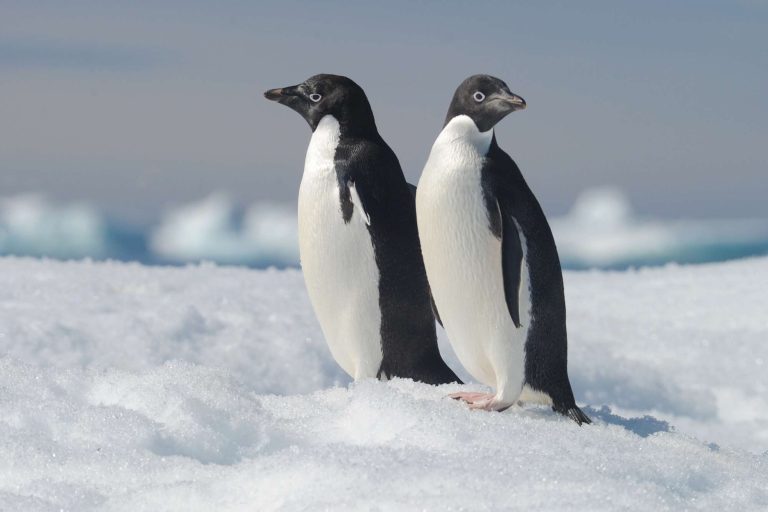
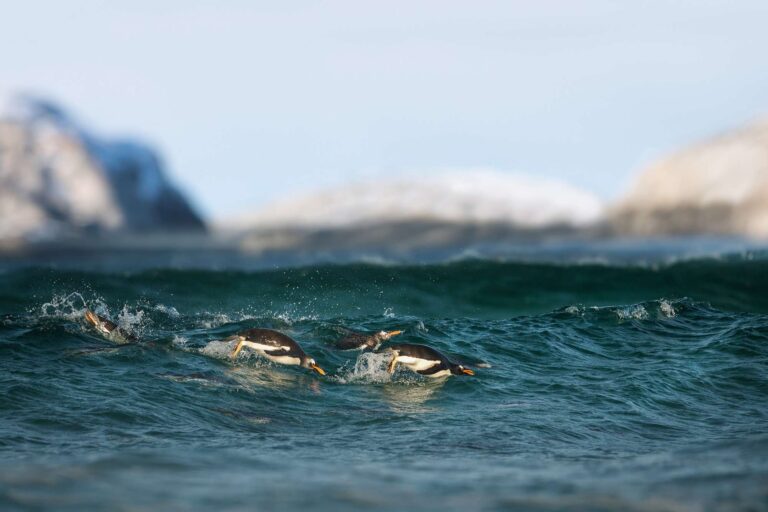
In Frozen Planet II, there’s no shortage of spellbinding penguin behaviour. In episode 1, Frozen Worlds, emperor penguin chicks embark on a hazardous trek across the sea ice to reach the ocean, while episode 4 (Frozen South) features the vast king penguin rookeries of South Georgia. You’ll also see chinstrap and Adélie penguins against the magnificent backdrop of the Antarctic Peninsula.
Take me there: Discover the World has developed a comprehensive range of expedition voyages, ranging from Classic Antarctica, where you’ll explore the natural wonders of the Antarctic Peninsula in as little as nine nights, to longer cruises of 18 nights or more combining the Peninsula, Falklands and South Georgia and specialist voyages In Search of Emperor Penguins.
A Glimpse of the Ice Bear
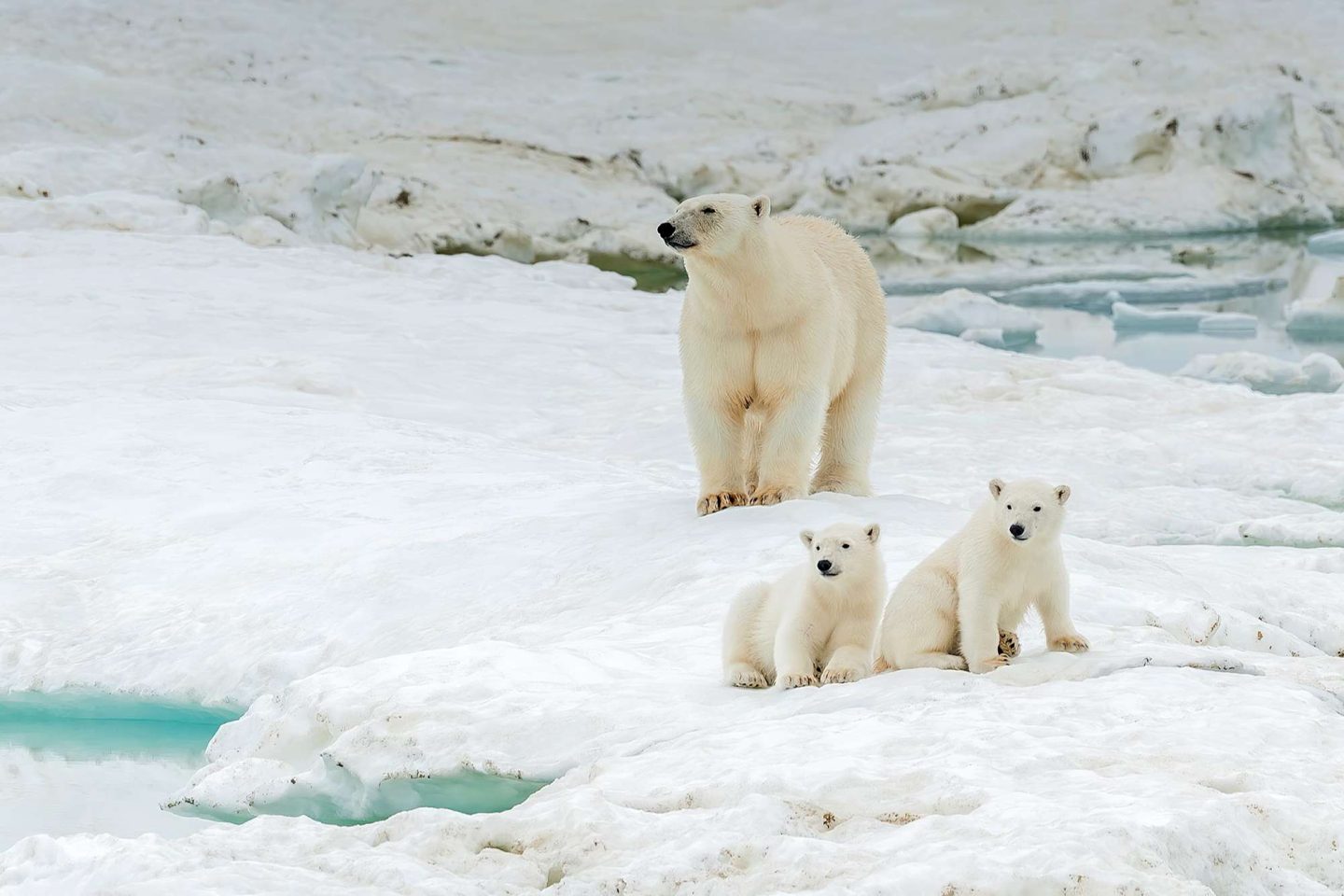
The second episode of Frozen Planet II explores the Arctic Ocean – Kingdom of the Ice Bear. A mother polar bear emerges from her winter den and leads her cubs to the pack ice to hunt seals. Two adult bears – normally solitary creatures – form a brief but bewitching encounter, dancing on ice in one of the series’ most memorable moments. Polar bears are the undisputed stars, and rightly so. If you’re lucky enough to see one when you visit the Arctic, the encounter will etch itself into your memory.
“ Voyaging along the west coast of Spitsbergen – largest of the islands in the Svalbard archipelago – we had taken the ship’s rigid-hulled inflatable Zodiacs for a shore excursion. It was late evening, but the sun shines 24 hours a day here in mid-summer, so our glacier hike was like walking into a sparkling fairy tale. We followed our guide into a crystal maze of cerulean-blue ice, emerging on a rocky bluff overlooking the ice-flecked sea and meringue-whip of mountains. And that’s when we spotted the polar bear. Ambling along a shelf of sea ice below us, it was clearly on the trail of bearded seals. Occasionally it paused and lifted its head to taste the frigid Arctic air. None of us spoke. We just crouched motionless and watched silently – bear, ice, sea and mountain fused into a brief, but unforgettable moment. ”
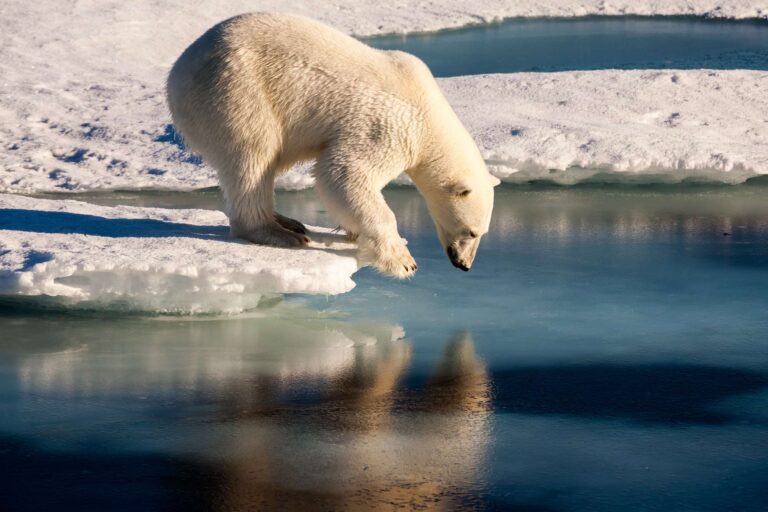
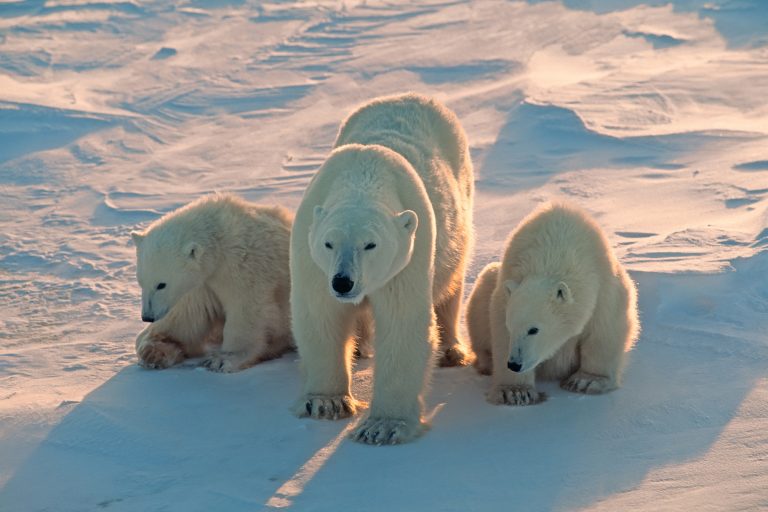
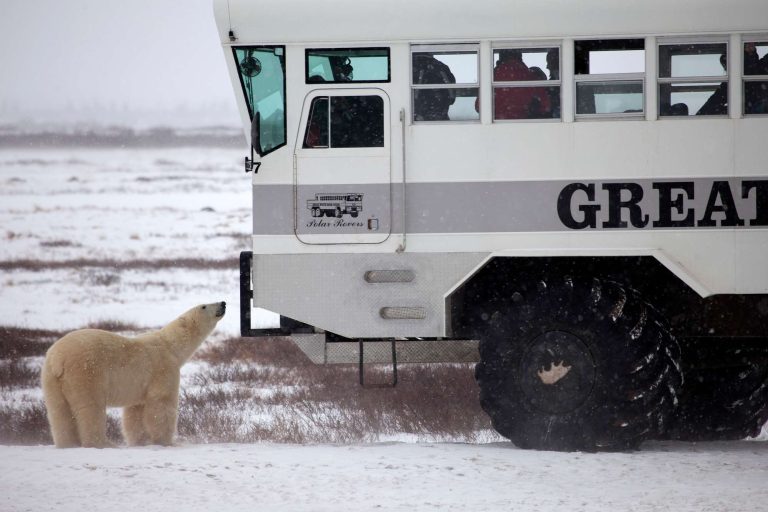
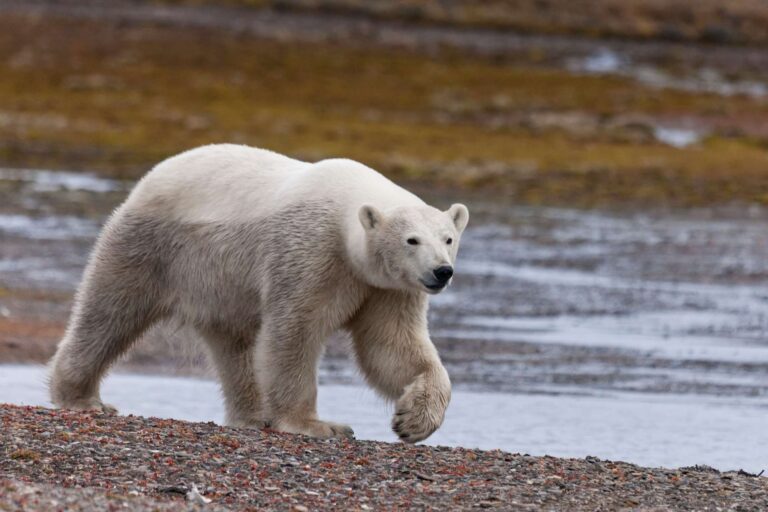
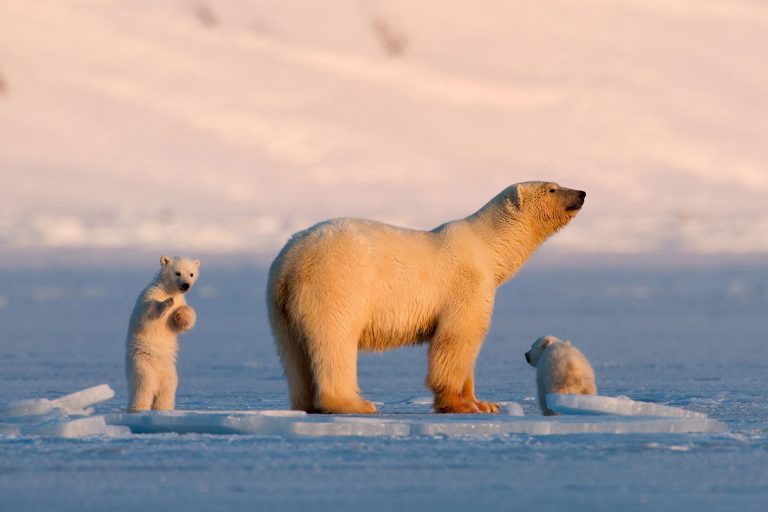
Take me there: Discover the World’s Svalbard voyages offer great opportunities for sighting polar bears and other Arctic wildlife, including walruses and whales. The 9 to 13-night Around Spitsbergen expedition cruise sets out to visit a key hunting area for polar bears on Spitsbergen’s east coast.
For almost guaranteed (and often close-up) views of these formidable predators, our Classic Polar Bear Adventure takes you out onto the tundra of the Canadian Arctic near Churchill. The bears gather there each October and November, waiting for Hudson Bay to freeze so they can hunt seals across the ice. Travelling in custom-built polar rovers you can often observe them foraging and play-fighting.
In Awe of Orcas
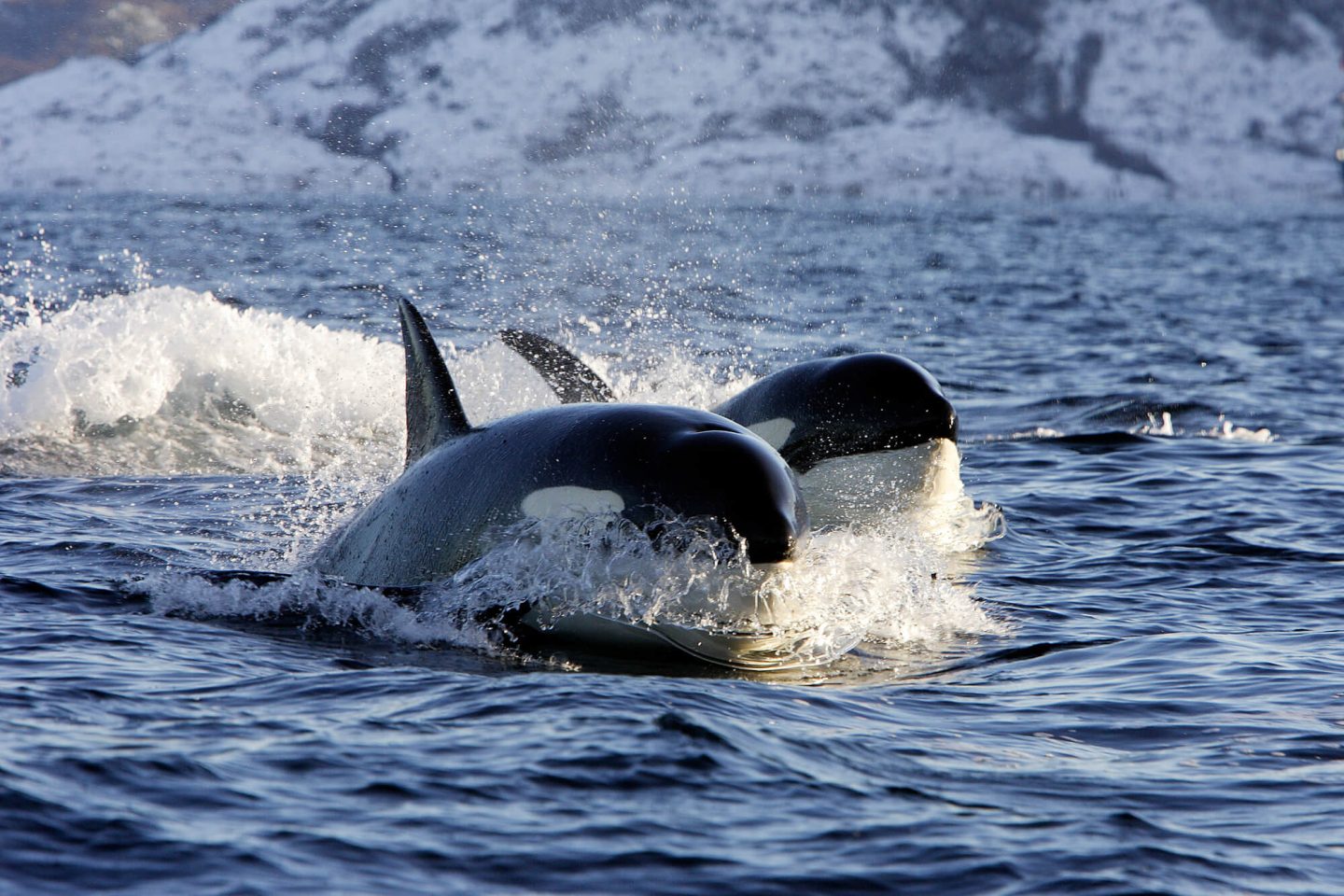
You don’t have to watch much of Frozen Planet II before orcas steal the show. A jaw-dropping sequence shows a pod of these savvy cetaceans spy-hopping a seal that’s resting on an ice floe. A synchronised swim past by the orcas generates a wave that’s strong enough to wash the perplexed pinniped into the sea. Later, the orcas are seen checking out another seal that’s seemingly safely hauled out in the middle of a much larger patch of ice. This time, the wave they produce cracks the floe into smaller pieces. The seal still seems protected by the fragmented ice – until, that is, you watch the matriarch killer whale nosing its frozen raft into open water where it can be more easily dislodged and consumed.
Found in both Arctic and Antarctic waters, orcas have long held a strong fascination with the team at Discover the World – so much so, in fact, that they have run dedicated orca watching holidays in West Iceland for many years.
“ Less than half an hour after leaving port, the first cry went up from the spotter perched above our boat’s wheelhouse. We spun our heads around, just in time to see a puff of whale breath suspended above the sun-spangled sea. It hung in the air like a hazy exclamation mark, an ephemeral sign of exciting things to come. A second later, a black triangle rose above the surface, followed by another, then another, until the sea was jagged with the dorsal fins of twenty or more killer whales. The pod was clearly on the move. Soon they were surfacing either side of us, their black backs glinting in the sunlight like pebbles of polished lava. Occasionally, we glimpsed a flash of white cheek or a grey saddle stripe. It was so calm that every time an orca surfaced, it dabbled in its own reflection. ”
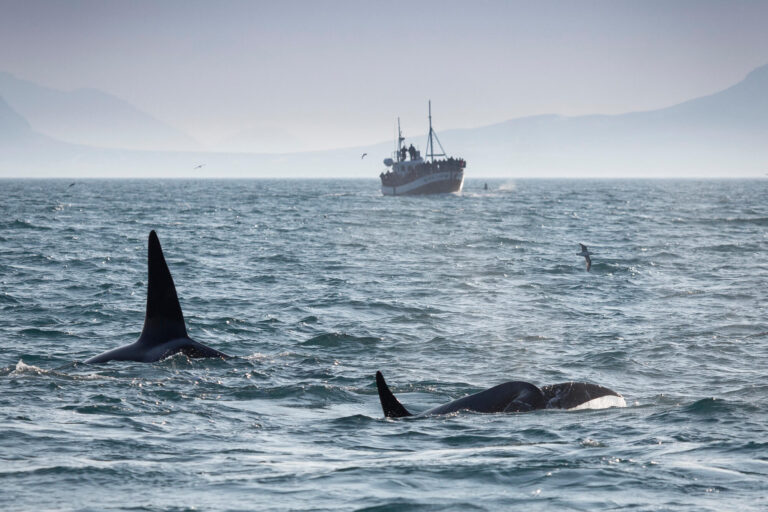
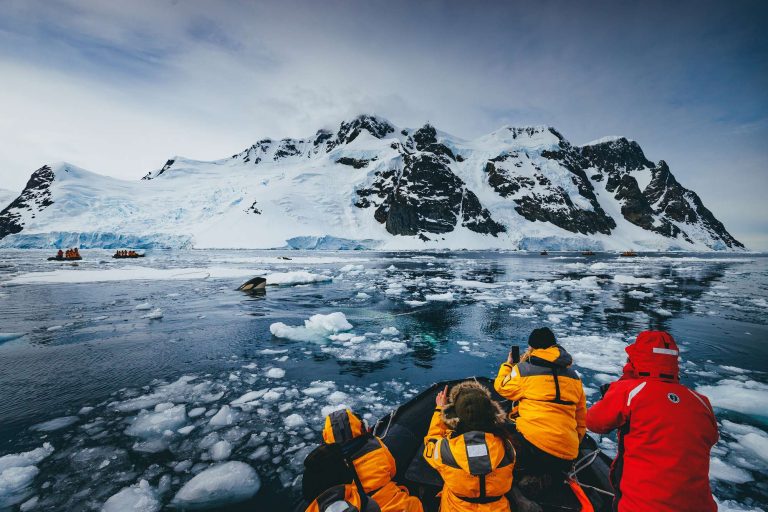
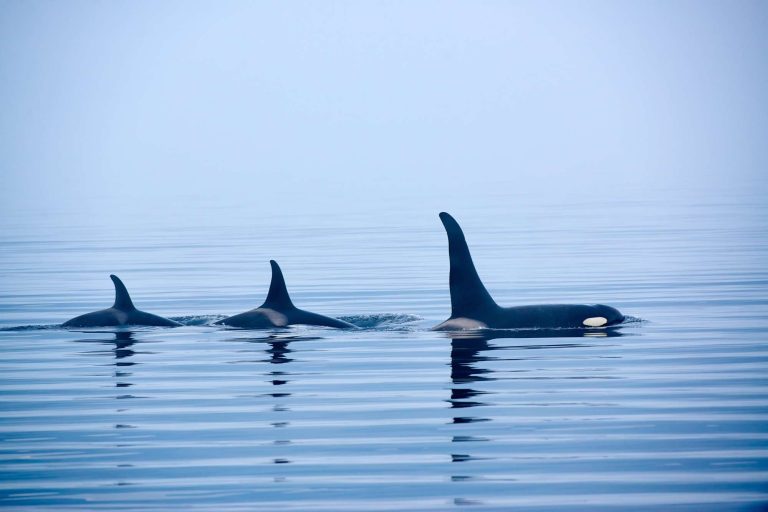
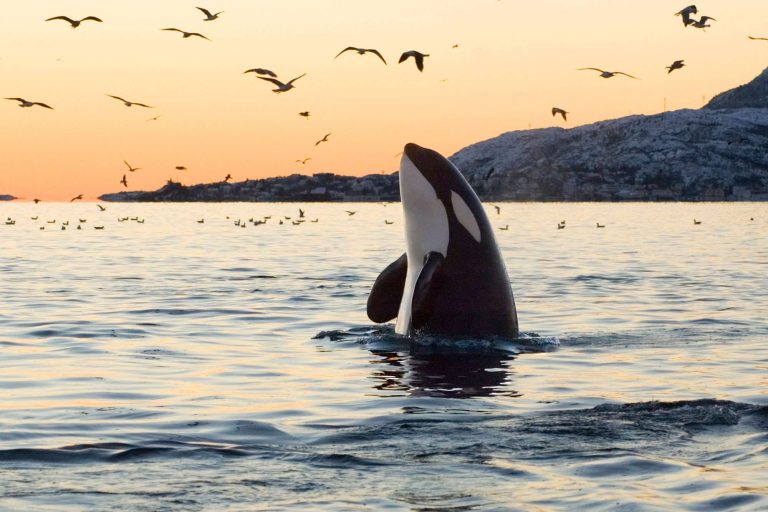
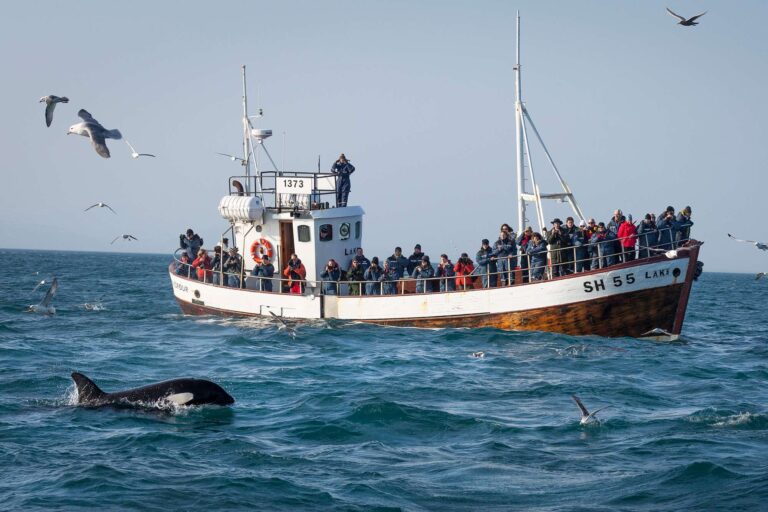
Take me there: Led by expert guides, the four-night Orcas and Aurora small-group tour combines two extraordinary natural spectacles. By day, you join boat tours in search of orcas hunting shoals of overwintering herring in the bays of the Snaefellsnes Peninsula, and by night you head along the coast and into the mountains on the lookout for the elusive northern lights.
Spirits of the Forest
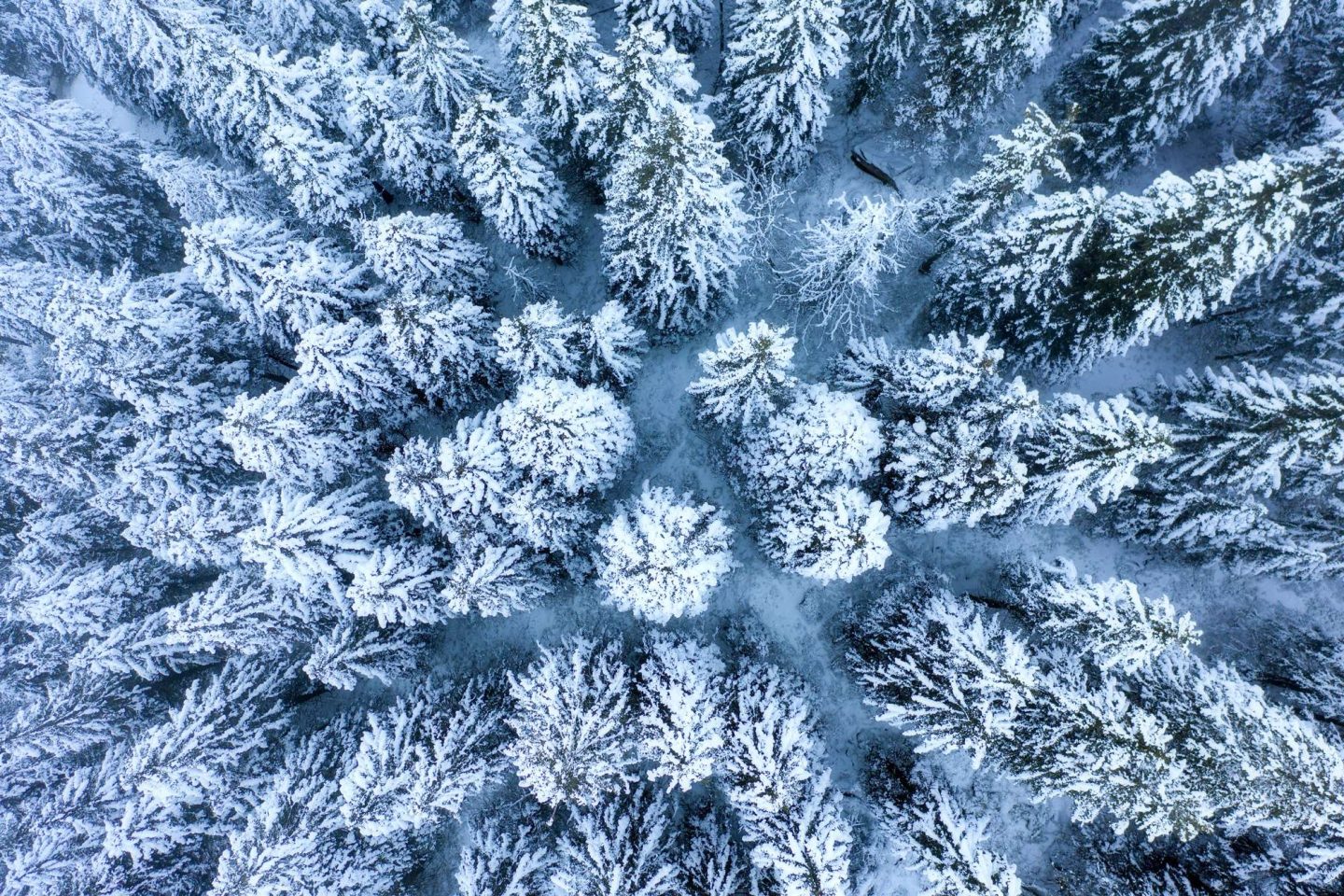
Stretching across northern Alaska, Canada, Scandinavia, Finland and Russia, the great boreal forests and tundra plains that sweep down to the Arctic shore are the focus of the fifth episode of Frozen Planet II. There’s rare footage of wolves, Amur leopards and Siberian tigers, as well as small wonders like the Lapland bumblebee ‘snow queen’ which defrosts after nine months frozen solid, in order to rebuild her colony. Each of these sequences involved months of planning and filming, but you can get a vivid sense of the wildness of the boreal forest (and even glimpse its wildlife) on a short break from the UK.
“ After cutting the engines of our snowmobiles, the silence of Swedish Lapland’s boreal (or taiga) forest was immediate and intense. Fir trees loomed in the stillness around us, their heads bowed under smooth crowns of snow. There was a good reason why our guide had signalled for us to stop. A movement in the trees ahead had caught his eye. We waited and watched and, sure enough, a moose took a tentative step from the cover of trees. It nudged a branch, dusting its shoulders with snow; regarded us for a few seconds, then turned and vanished back into the secret world of branches and lichen. ”
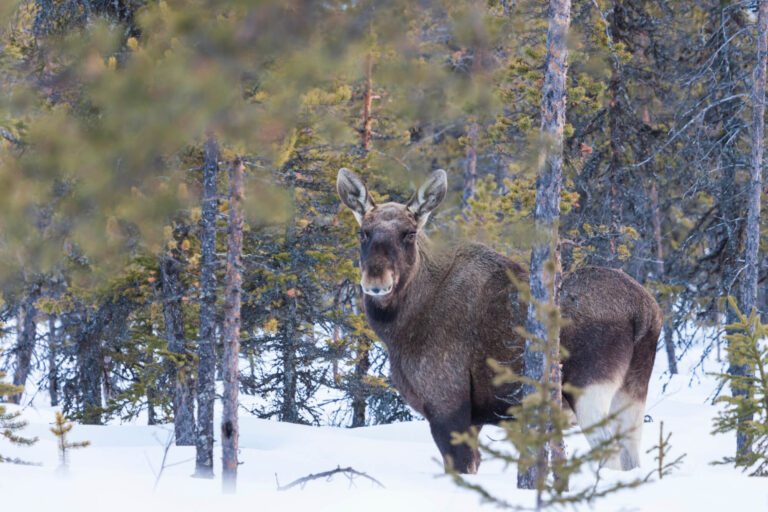
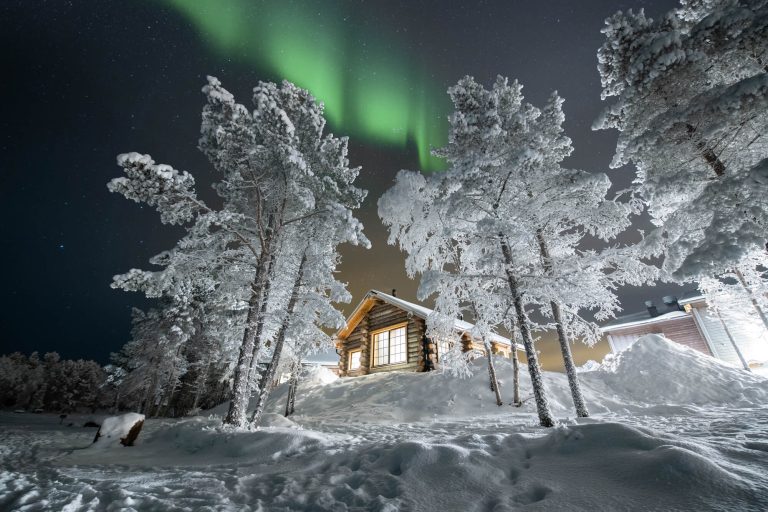
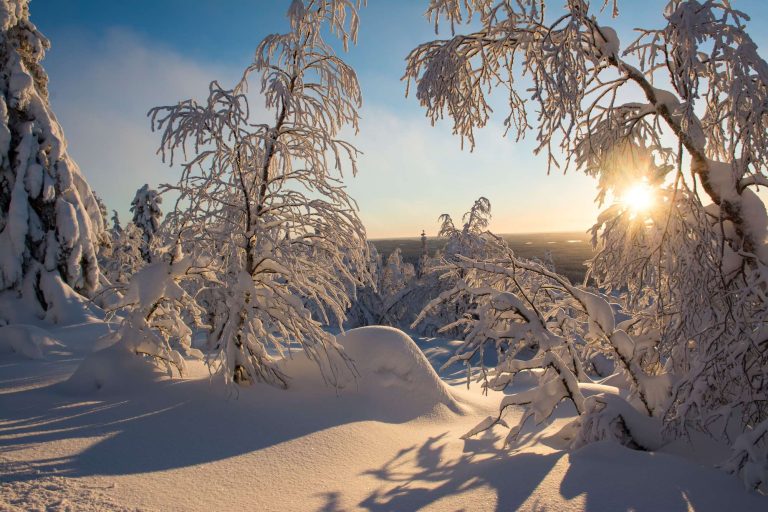
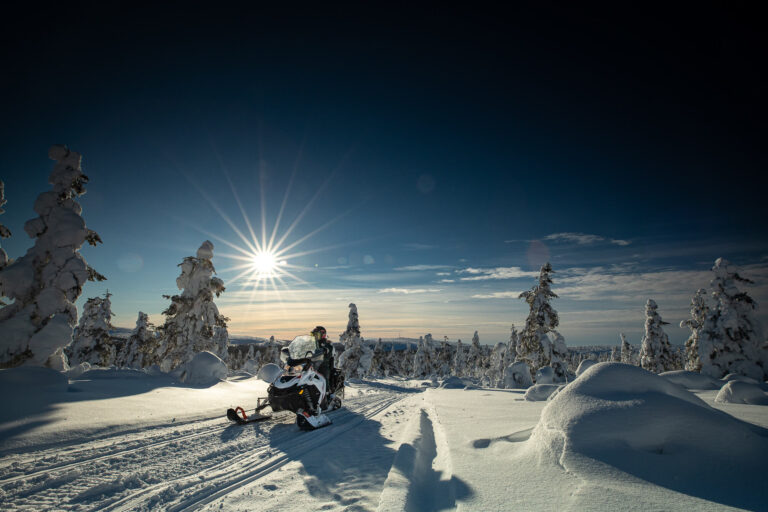
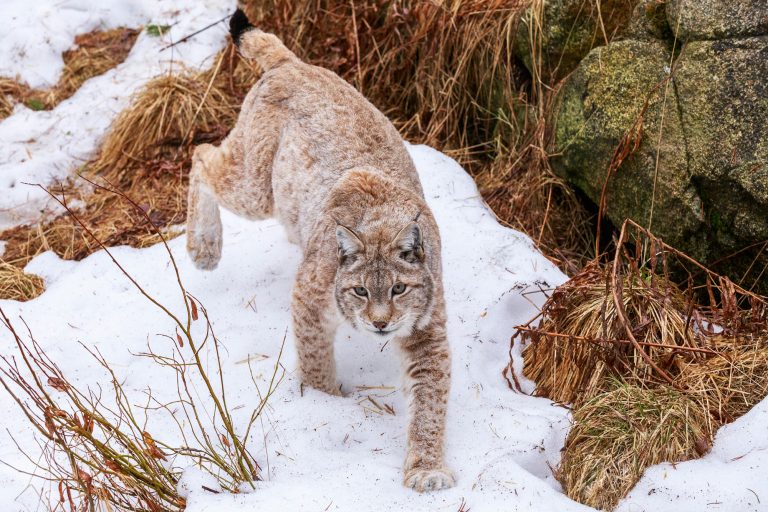
Take me there: Discover the World have unrivalled expertise in planning trips to the Far North of Europe, and are the UK’s leading operator for holidays at the Icehotel where you can join excursions in search of moose and other wildlife. They also offer action-packed breaks based in log cabins and wilderness lodges in Finnish Lapland such as lakeside Muotka Wilderness Lodge with a range of included activities, such as husky sledding, snowmobiling and aurora hunting.
Responsible travel in a Frozen Planet
Frozen Planet II doesn’t shy away from the climate crisis and the huge impact it will have on polar ecosystems if we fail to take urgent action. Discover the World has always promoted responsible polar travel, using small expedition ships (carrying no more than 200 passengers) to minimise impact, and working with local operators who not only adhere to strict environmental practises but also pioneer sustainable methods of travel.
Feeling inspired?
If you would like to plan your own adventure to witness the wonders of our frozen planet, get in touch with our Travel Specialists on 01737 214 250, or send an enquiry to start discussing your options.

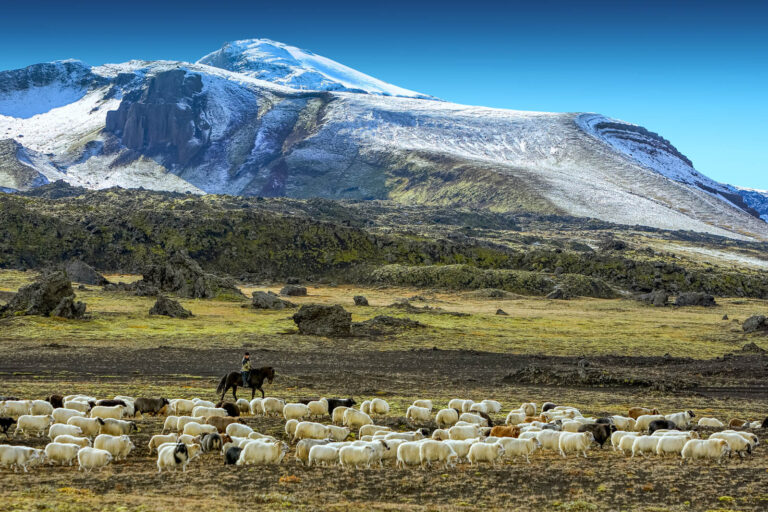
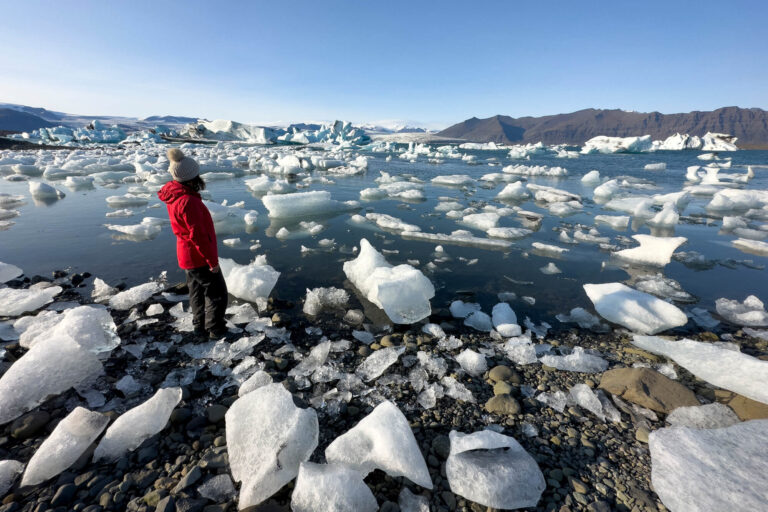



 Instagram
Instagram
 Facebook
Facebook
 YouTube
YouTube